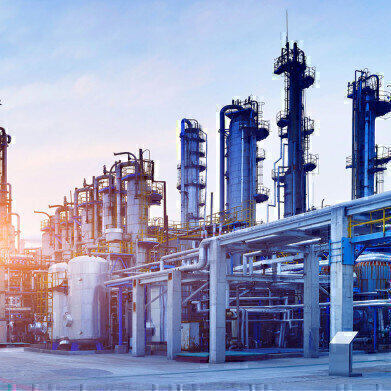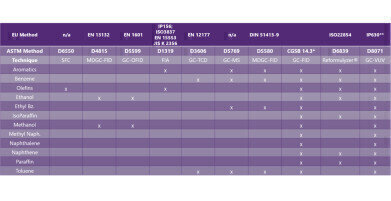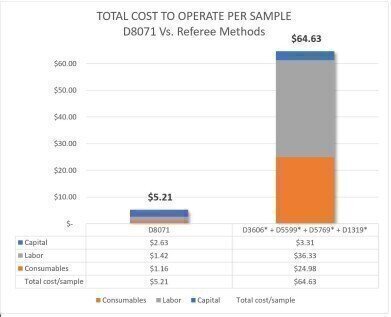Analytical Instrumentation
Strategies to reduce laboratory costs while improving efficiency and productivity in the Era of COVID-19
Aug 17 2020
As COVID-19 continues to spread, the toll it has taken on public health and the global economy is hard to dispute. That, combined with an oil price war between OPEC and Russia, has created a supply and demand imbalance. Demand decreased as travel restrictions went into place, while supply continued to increase resulting in significantly lower oil prices. While oil prices have recovered somewhat since early April, the demand effects continue to linger.
As a result, oil and gas companies have rightly acted to protect employees’ health and safety and have cut or deferred discretionary capital and operating expenditures at all levels, including laboratory operations. However, the crisis also presents an opportunity to reconsider how investing in newer technologies can improve operational efficiencies while simultaneously reducing long-term costs, effectively positioning these companies to emerge from this crisis well positioned for the future.
One approach is for laboratory directors to use this opportunity to consider technologies and methods that allow them to consolidate tests that have traditionally required multiple analytical systems. This strategy can have a significant impact on laboratory cost and productivity because it eliminates the need for multiple analytical systems, reduces the costs associated with maintenance and consumables, and improves laboratory productivity and efficiency because analysts have fewer analytical technologies to learn.
Consider the VUV Analyzer™ for Fuels running ASTM D8071. This single platform can replace the need for multiple analytical techniques (Figure 1) including: ASTM D1319 (Fluorescence Indicator Absorption), ASTM D5599 (GC-OFID), ASTM D5769 (GC-MS), and ASTM D3606 (GC-TCD). Consolidating reduces costs and improves efficiency because it:
- Reduces the number of gas chromatographs from three to one.
- Reduces gas consumption because fewer GCs are required.
- Eliminates the need for expensive maintenance on MS vacuum pumps and ion source cleanings.
- Eliminates the need for expensive maintenance on GC-OFID platinum reactors.
- Eliminates the needs for expensive dyes and time-consuming analysis.
- Simplifies operation for the user through a single platform and automation.
- Frees up critical laboratory resources to work on other high priority tasks.
The cost savings associated with a consolidation strategy is best displayed in Figure 2. Operating the VUV Analyzer for Fuels and ASTM D8071 is twelve (12) times less expensive to operate per sample compared to the sum of the other techniques. This dramatic difference is primarily due to reduced labor costs associated with operating a single automated analytical platform and a dramatic reduction in maintenance and consumable costs.
Short-term responses to this crisis like cutting or deferring of capital operational expenditures have already been implemented. They should be continuously monitored and adjusted where needed. However, laboratory leaders who want to emerge from the crisis positioned for the future need to start investing in the laboratory technologies that will allow them to reduce operating costs over the long-term while also improving efficiency and profitability.
Digital Edition
PIN 25.4 Aug/Sept
September 2024
Analytical Instrumentation - Novel and Rapid LSC method for the analysis of biogenic carbon in fuels Measurement and Testing - Matrix evaluation on the Xplorer-V with Vectra autosampler accordi...
View all digital editions
Events
Nov 04 2024 Abu Dhabi, UAE
Nov 04 2024 Kigali, Rwanda
Nov 05 2024 Toronto, Canada
Nov 05 2024 Paris, France
Nov 12 2024 Cologne, Germany





















